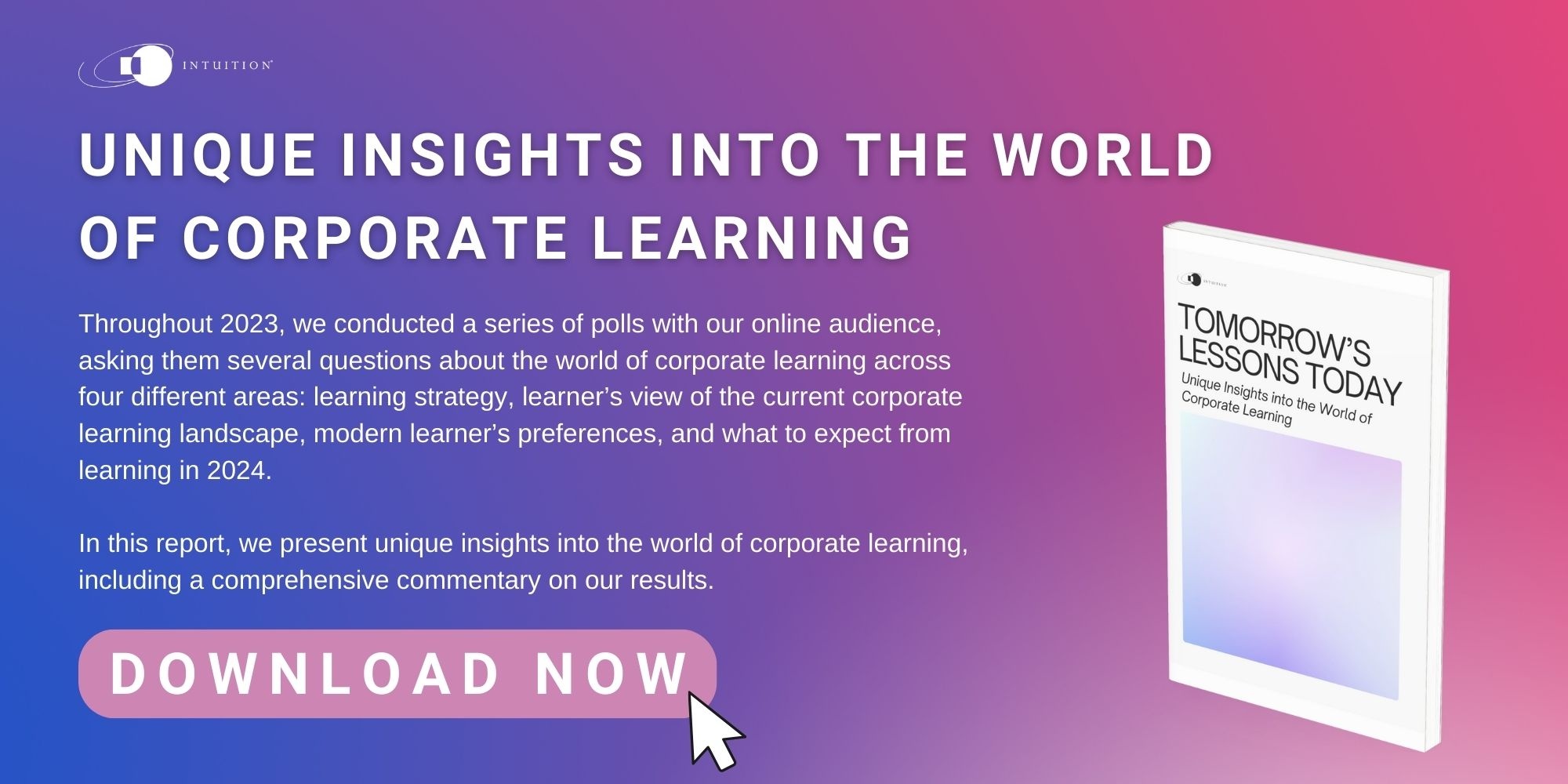Nine L&D trends to look out for this year
Organizations are still facing challenges in the aftermath of the COVID-19 pandemic. Many companies are facing significant challenges to improve their culture and retain talent.
Learning and Development (L&D) professionals enjoyed noteworthy success in adapting to the unique challenges posed by the online work era and have become of high value to companies.
As technology continues to evolve, new innovations are emerging every day within L&D, along with other significant changes. Read on for more.
1 Increased emphasis on company culture
A company’s culture is defined by its mindsets and behaviors.
In a study by Hownow, only 24 percent of hybrid and remote workers reported feeling connected to their company’s culture.
Corporate values inform employees about what matters and how work should get done; L&D can help workers connect that value.
Learning and Development can play an important role in influencing both performance and retention. Companies that succeed in making employees feel connected to their culture can increase employee performance by up to 37 percent and retention by up to 36 percent.

2 Repurposing content
There is a need for corporate L&D teams to update their learning content continuously.
A trend to look out for in 2023 is the repurposing of content into different formats. For example, reformatting content into video, audio, reading, and visual content.
With learning management systems (LMSs), it is much simpler to automatically create multiple training formats from one core piece of training content.
[Navigating today’s business challenges: The importance of L&D in 2023]
3 A rise of mobile learning/in-app experiences
In-app experiences allow L&D teams to create learning, onboarding programs, training, and overall support content embedded directly inside the digital tools their workforce is using.
This allows employees to learn within the flow of work itself.
This is a highly engaging and interactive type of learning that can reduce the time needed for training and onboarding.

4 Outsourcing eLearning content development
Although most firms choose to design their own eLearning content, the result is usually a less engaging course.
Ensuring best practice in content curation, format, and delivery allows users to become engaged with the course without having to sift through large volumes of superfluous content.
The content also needs to include well-thought-out assessments to test users’ knowledge.
5 More microlearning
The creation of bite-sized content allows employees to find exactly what they need to know in minimal time and will continue to be a mainstay throughout 2023.
Breaking the content into smaller amounts and delivering it in shorter lessons, videos, and activities makes it easier for users to address their needs and keeps the learner engaged.

6 Branded and themed gamification
Modern LMSs offer tools that monitor engagement to ensure the users complete their courses.
Although it is important to monitor how your content is interacted with, it is also important to offer content that actually merits attention and interest in the first instance.
A promising way to boost engagement is through branded and themed gamification.
[Learning & development: Key Stats in 2023]
7 Knowledge management/sharing
The goal of knowledge management (KM) is to create, curate, organize, and share important organizational knowledge for employees to access and find. It gives access to the right information or resources easily.
A first step for companies is to document step-by-step instructions on how to carry out different internal processes. The content must then be organized so it is easily found.
With the change in the workforce after the COVID-19 pandemic, knowledge management strategies are vital.
KM strategies are being led by dedicated knowledge managers in many companies. Efficient KM strategies lead to a more engaged workforce, better onboarding, and better handover processes in the event of employees leaving.

8 Data analysis
L&D teams benefit from collecting data for all factors of their employee training and development strategies.
Data collection allows L&D teams to:
- Measure the effectiveness of training programs/courses
- Update courses and improve engagement
- Monitor the progress of L&D content across onboarding and employee training
- Understand the impact and effectiveness of their L&D strategies
9 Feedback loops
L&D teams should also create better feedback loops between the L&D team itself and individual employees. The best feedback comes from the actual users of the content who can give the most relevant improvements for the content in question. This feedback can traditionally be hard to access.
Real-time employee feedback allows L&D teams ask learners directly after or during employee training for their feedback in short- and long-form answer surveys. L&D teams have unique opportunities to incorporate simple, short questions into their training and support content whether it comes from in-app experiences, knowledge bases, or at the point of need.
Conclusion
L&D teams must continue to evolve and grow in the context of an ever-changing workforce. Although it can be hard to keep up, is the shifting landscape represents a fertile opportunity for some to become best-in-class and provide the ultimate training programs. L&D teams will be tasked with upskilling, reskilling, and onboarding employees to meet the needs of this ever-changing corporate world.

References:
https://www.northpass.com/blog/the-future-of-ld-5-learning-trends-shaping-2022-and-beyond
https://whatfix.com/blog/learning-development-trends/
https://gethownow.com/blog/2023-learning-and-development-trends-you-have-to-hear/
https://helloezra.com/resources/insights/learning-and-development-trends-2023
https://blog.commlabindia.com/elearning-design/ld-top-trends-gear-up-2023

